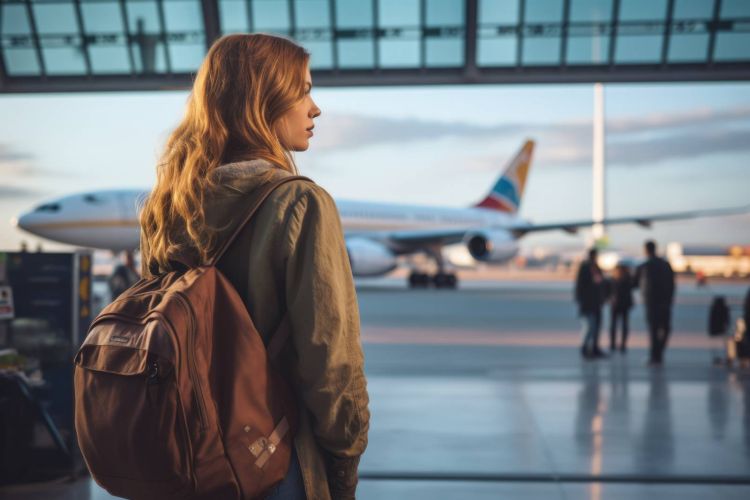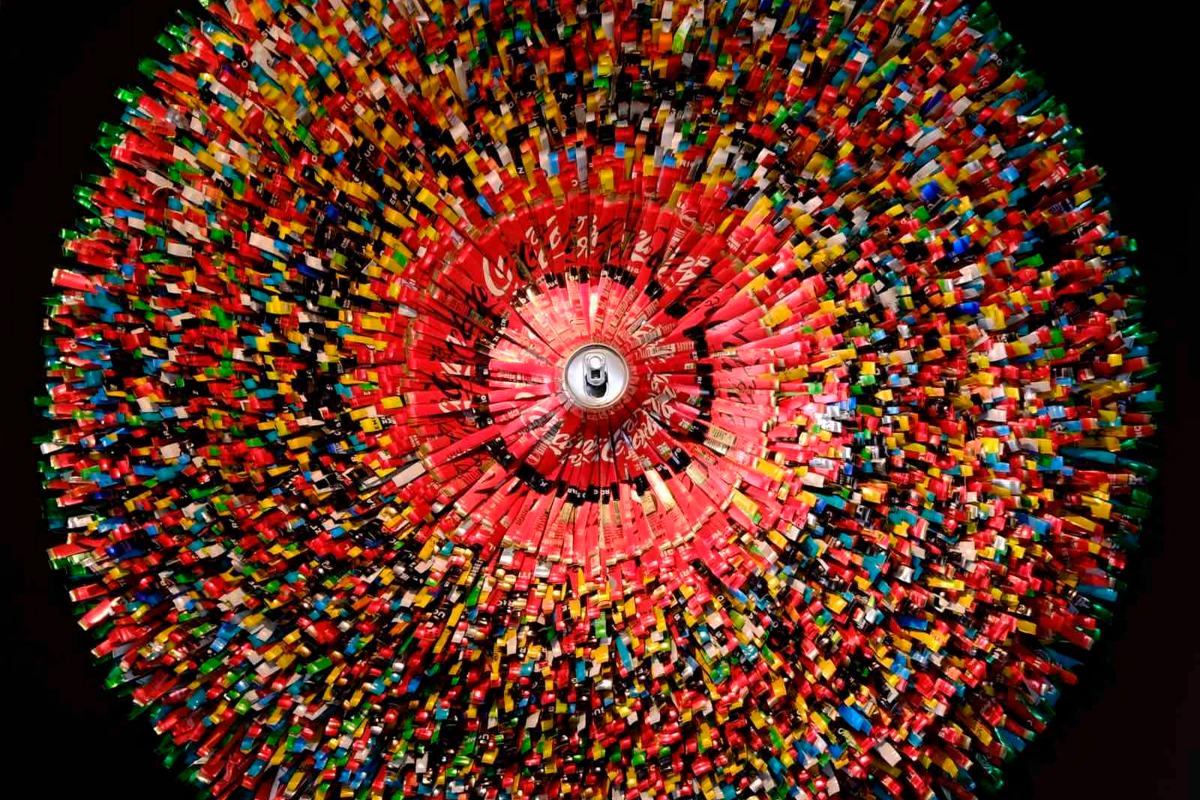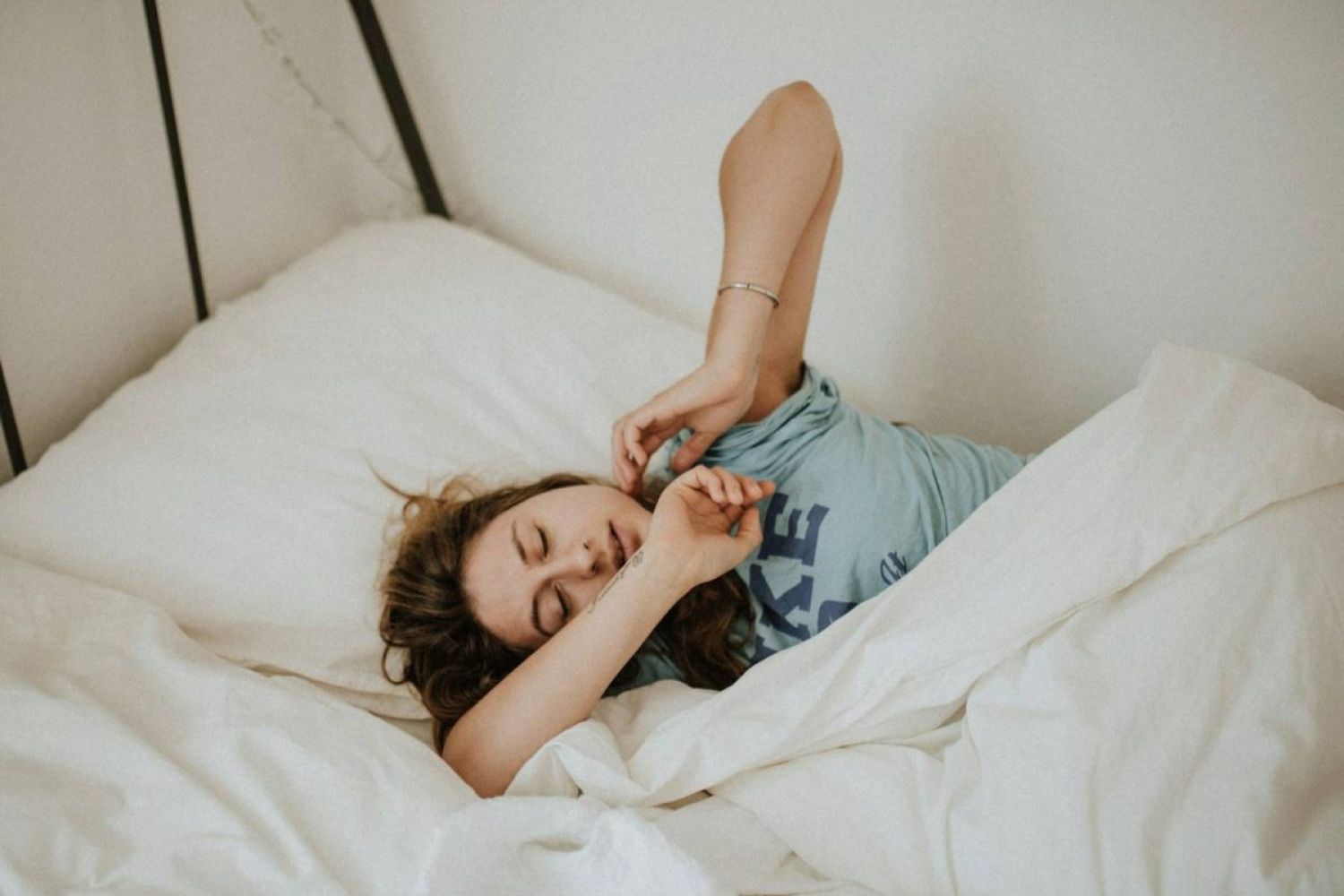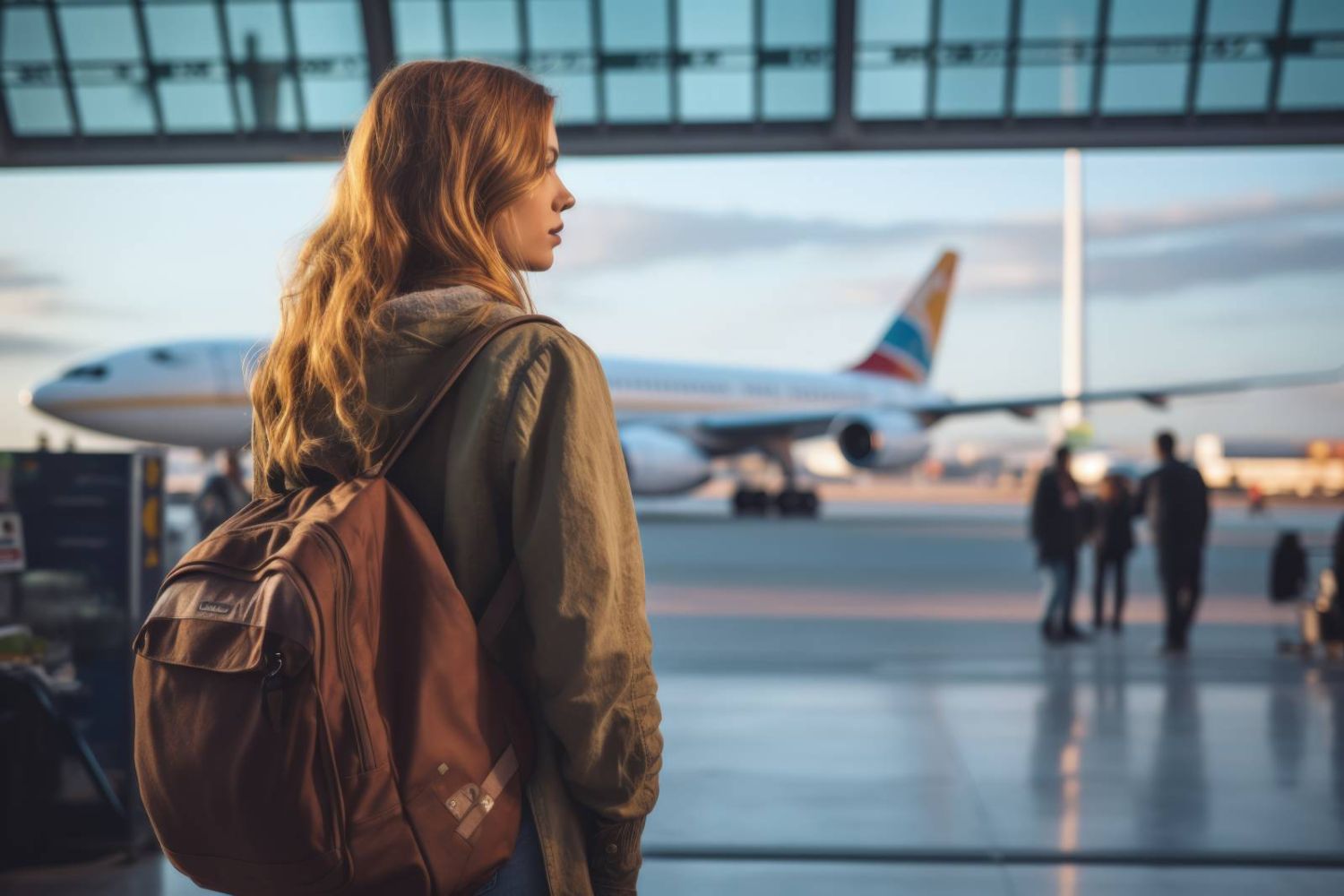Even an alcoholic who drinks 12 bears a day consistently for a year spends over $3,500. This cost doesn’t include potential legal issues that can cost thousands of dollars. It’s harder to estimate the price of harder alcohol or illegal drug addiction, but it is much higher. The financial costs of addiction are avoided the sooner you get help and the better that help is.
How much do specialty drugs cost the US?
Specialty drugs are vastly more expensive than their traditional drug counterparts, often costing more than $2,000 per month per patient. Some drugs cost much more. Tretinoin, a drug that can help manage some complications of leukemia, costs $6,800 a month. Others cost upwards of $100,000 per year.
Treatment expenses vary from center to center and depend on several factors. However, there is a treatment program that can accommodate every budget. As a result, everyone can find https://stylevanity.com/2023/07/top-5-questions-to-ask-yourself-when-choosing-sober-house.html their way to sobriety with the proper resources. We are dedicated to transforming the despair of addiction into a purposeful life of confidence, self-respect and happiness.
Support Our Mission
New Hampshire is among the top 10 most expensive states for outpatient drug rehabilitation treatment. Mississippi is the 6th cheapest state for drug residential rehabilitation services (non-hospital). Mississippi is among the top 10 most expensive states for outpatient drug rehabilitation treatment.
After the emergency has stabilized, you can contact various resources for assistance, which hospital administrative staff can direct you to. Virtue Recovery Center treats clients with an evidence-based, trauma-informed treatment program featuring one-on-one counseling, group therapy, psycho education, and neurocognitive treatment modalities. Therapy sessions with a licensed therapist or psychologist can range from $100 to $200 per hour,1 depending on several factors, including the provider’s qualifications and experience.
Pay With Personal Savings
The U.S. Department of Labor outlines intermittent leave as needing to use FMLA more than once a year. Some people enter rehab in short blocks rather than one long-term stay. Some people might be hesitant to enroll in an inpatient program for fear of losing their jobs. However, most employers provide time off for rehab under the Family Medical Leave Act (FMLA). Medicare and Medicaid are federally funded programs that cover healthcare expenses for low-income, disabled, or senior citizens.
Choosing which level of care is best for you depends entirely on your unique needs and treatment goals. Should financial support from loved ones not be available, another option is to try and crowdsource funds through online crowdfunding websites such as GoFundMe. If the judge decides to go ahead with the involuntary treatment, you won’t have a say in the facility or its cost. Choosing recovery close to home means your support system is just a few miles away. Wouldn’t you rather take care of your problems before you hit rock bottom physically, emotionally, and financially?
Paying for Rehab
The cost of drug rehab can vary widely depending on several factors, including the type of treatment program, the program’s duration, the facility’s location, and the level of care needed. According to statistics from a 2019 study, residential drug rehab costs, on average, $57,193. New Hampshire ranks 40th in states with the cheapest to most expensive cost for residential drug rehabilitation treatment (non-hospital).
- Everyone is different, thus the best way to treat addiction will be different for everyone.
- The financial costs of addiction are avoided the sooner you get help and the better that help is.
- The average deductible for Healthcare.gov policy enrollees is $750, according to the Department of Health and Services.
Reach out to a treatment provider for free today for immediate assistance. Its legal status makes it popular and widely available for individuals to consume. Alcohol abuse and misuse is responsible for health conditions like cirrhosis and heart problems and increases the risk for dangers like sexual assault and accidental injury. The typical cost of outpatient treatment is around $5,000 but can go up to $10,000. You still have other options to help you afford the treatment you need.
If you have insurance, they can check with your insurance company to see how much of the cost will be covered. No insurance provider will ever cover 100% of the cost and you will be required to pay the remainder out of your pocket. Some will choose to pay out-of-pocket for rehab, either to conceal it from an employer or because they don’t have insurance. For those who pay out-of-pocket, some rehab centers allow patients to pay on a sliding-fee scale or a payment plan.
- If you have questions about the cost of drug and alcohol rehab, including medical detox and counseling services, reach out to our recovery specialists who are available around the clock.
- The majority of people with a substance abuse disorder in California are aged 18 to 25 years old.
- Treatment centers that are lower in cost can be a great option for those seeking treatment for a lower price.
- To see how you can afford treatment at an American Addiction Centers facility, complete the financing inquiry below to be put in touch with a navigator who can help determine your options.
- If you cannot pay for drug and alcohol rehab, you don’t have insurance, and you are unable to finance the cost, ask if the facility offers monthly payment plans so you can pay off the cost of treatment gradually over time.
- Vermont ties in 34th in cheapest to most expensive state for residential drug rehabilitation treatment (non-hospital).
New Jersey is the 15th cheapest state for residential drug rehabilitation treatment (non-hospital). New Jersey’s average cost of outpatient drug rehabilitation services is the same as Maryland’s. Heroin is the primary drug clients seeks rehabilitation treatment for in New Jersey. Arizona ranks 31st in cheapest to most expensive state for residential drug rehabilitation services (non-hospital). A good 40% of all drugs coming into the U.S. cross the Mexico-Arizona border.



















